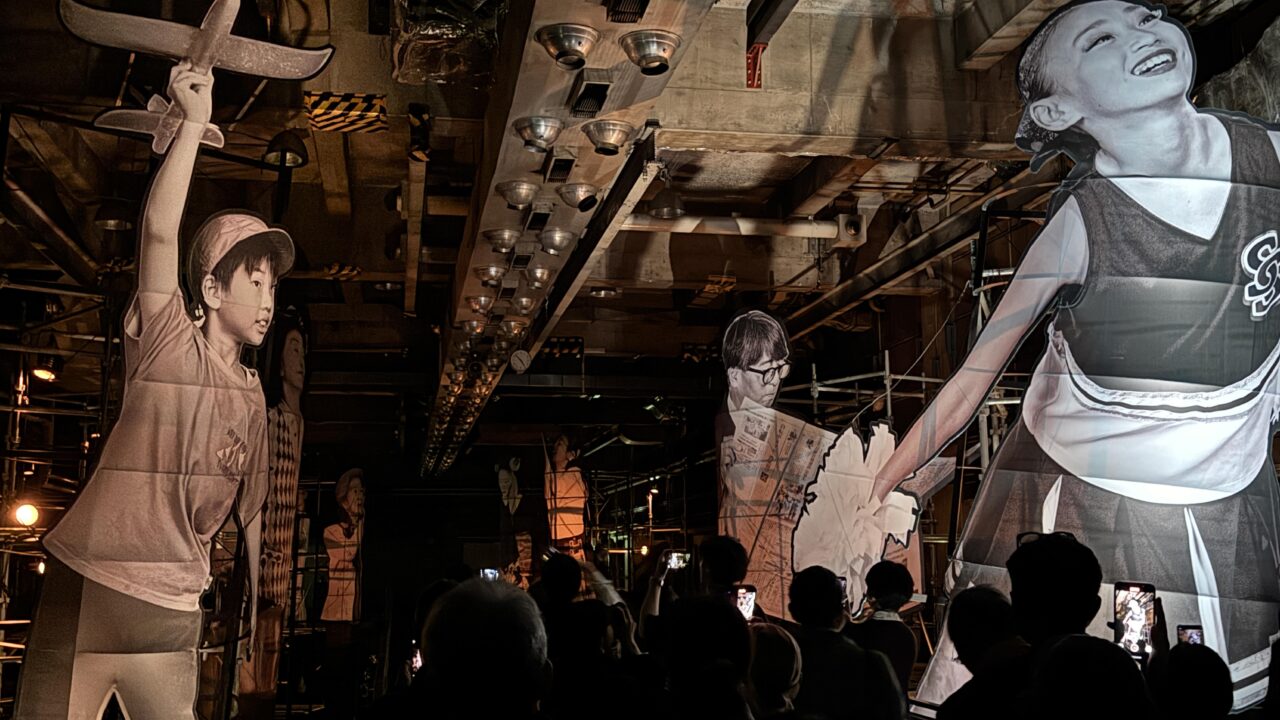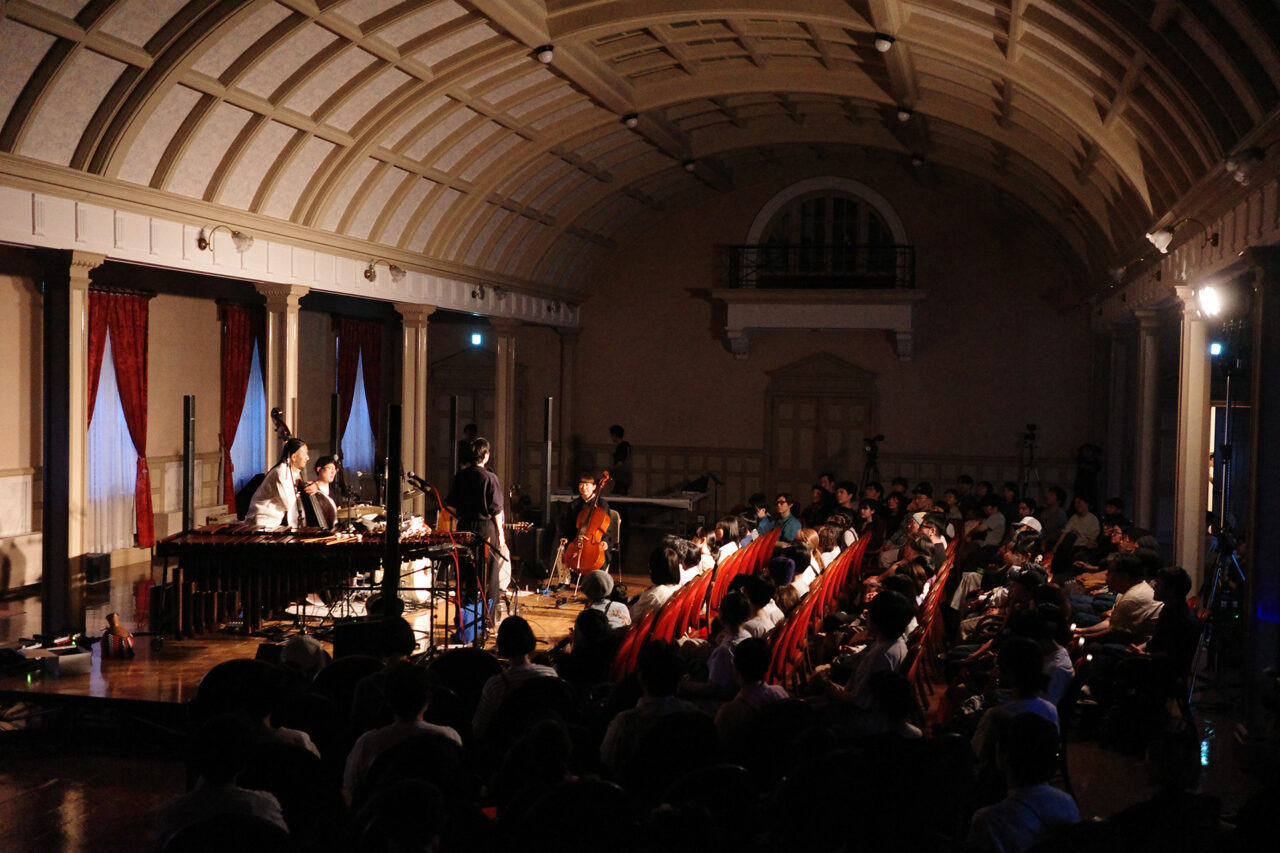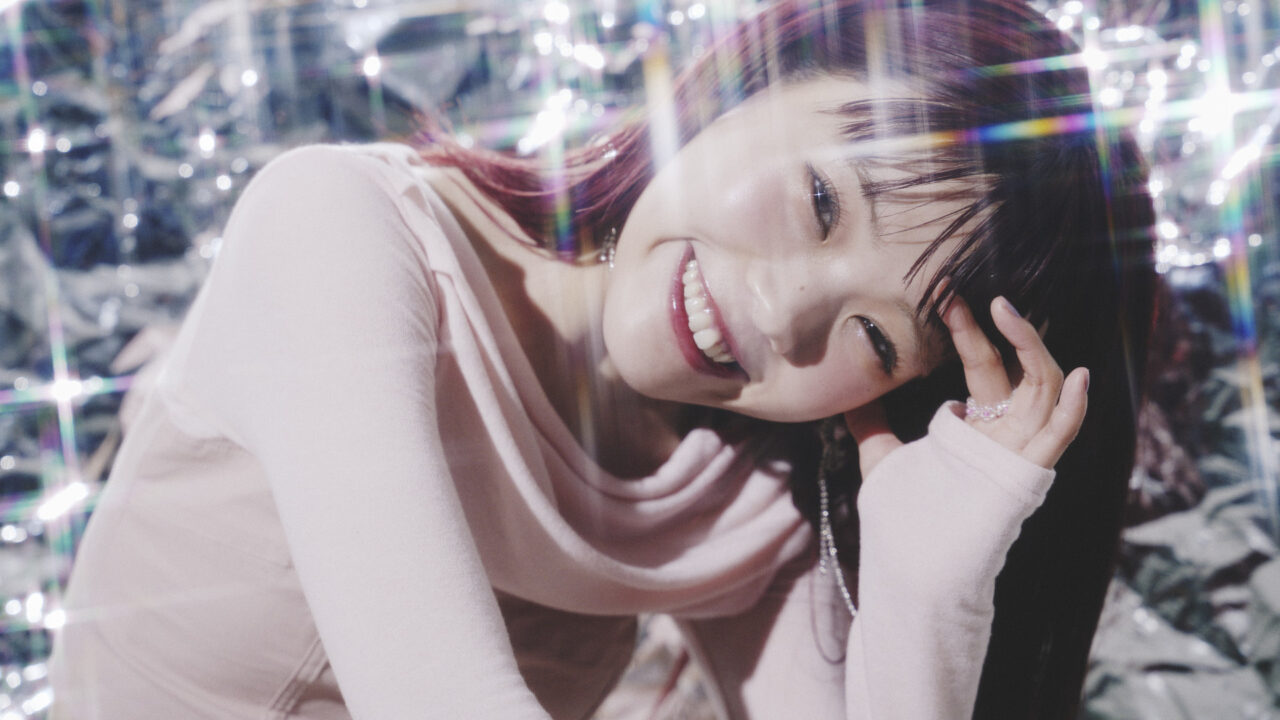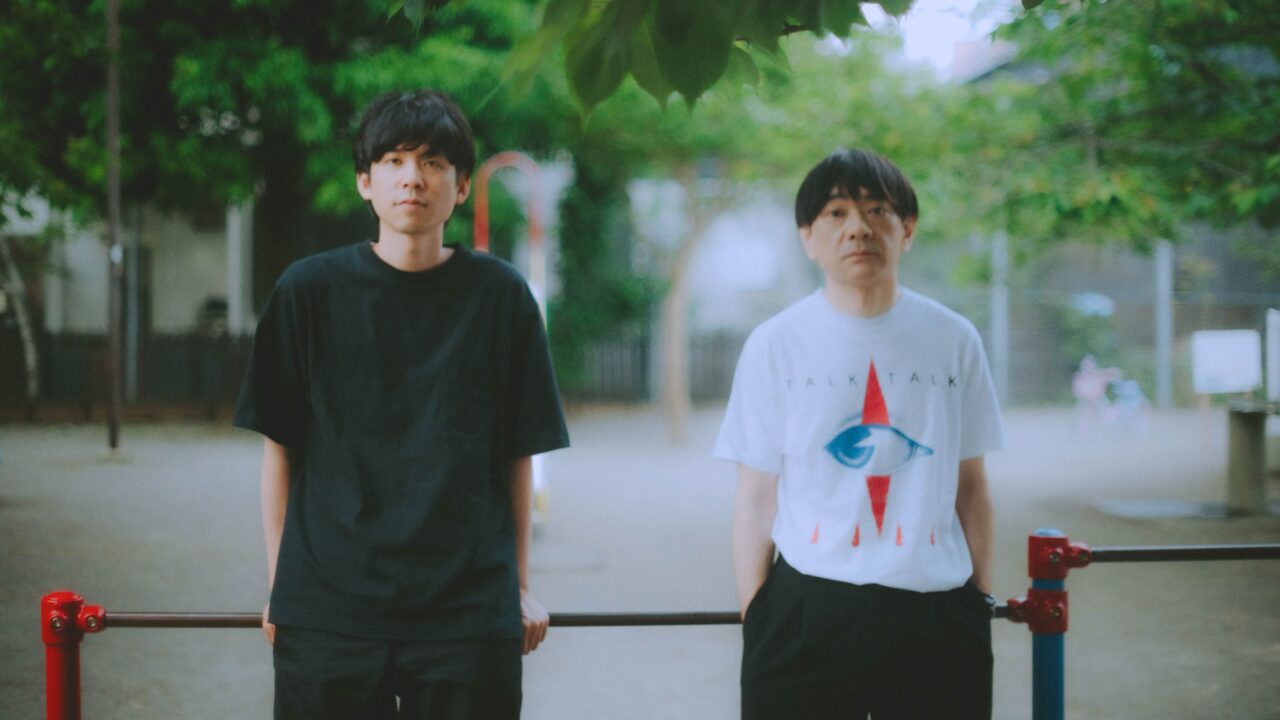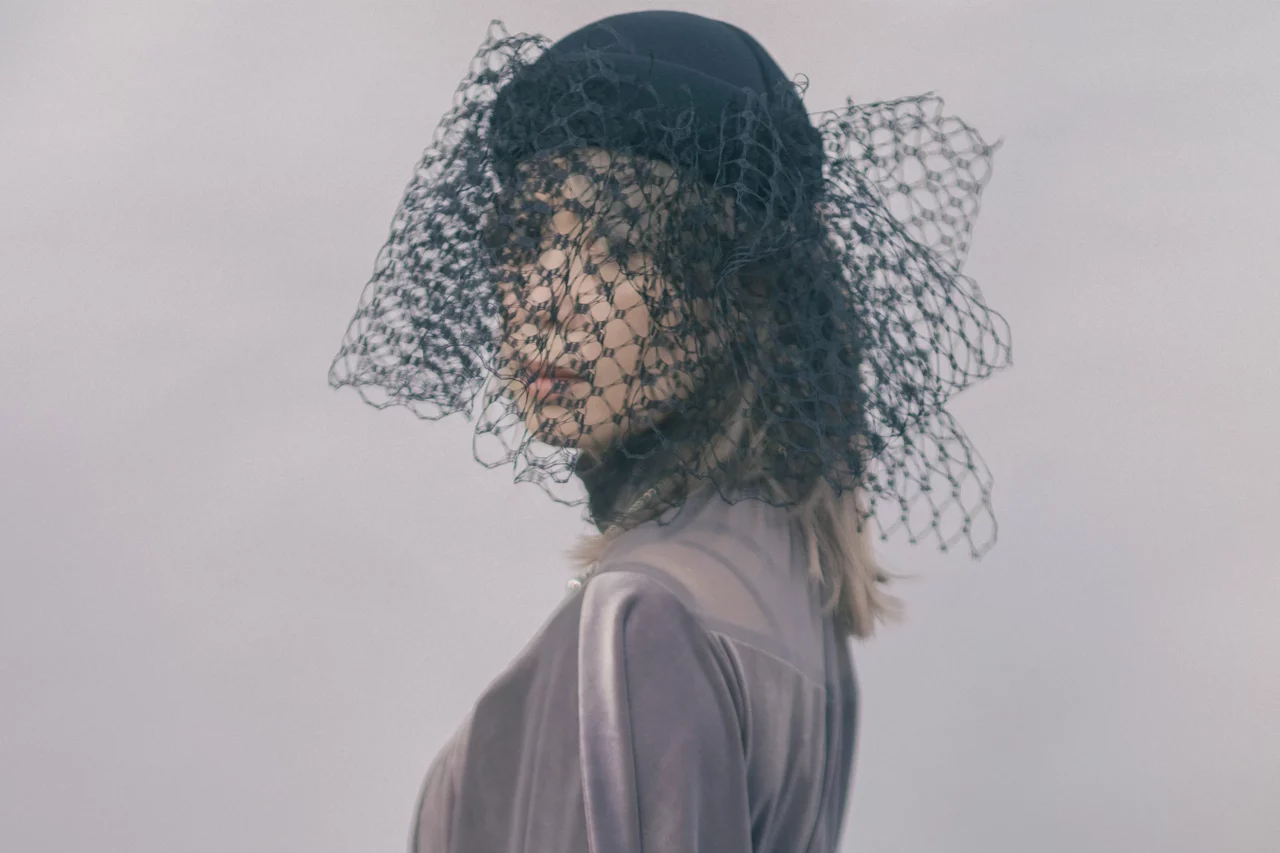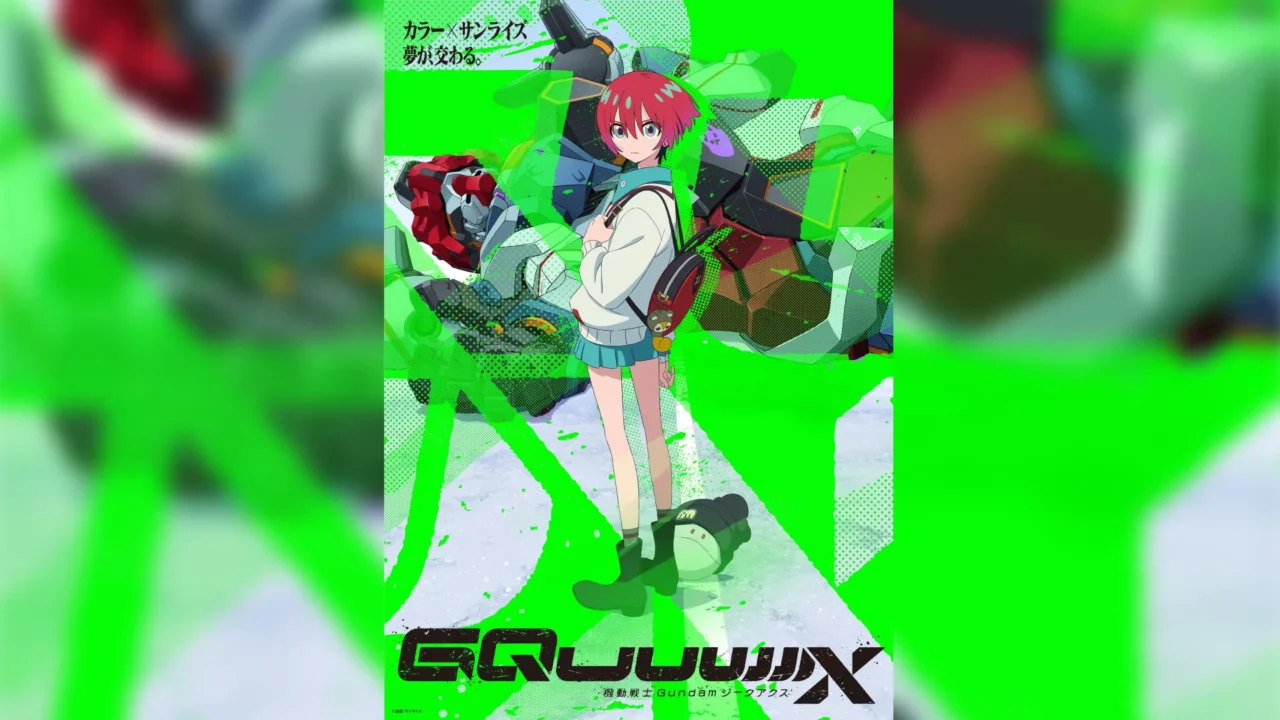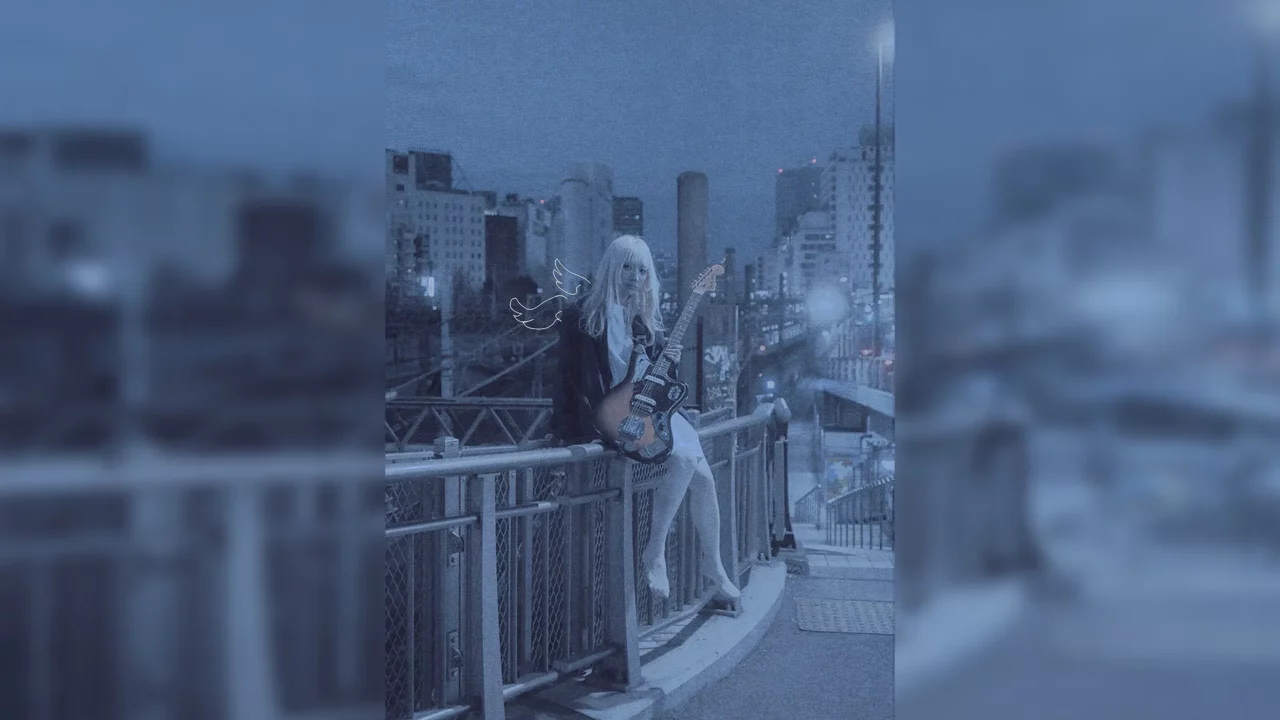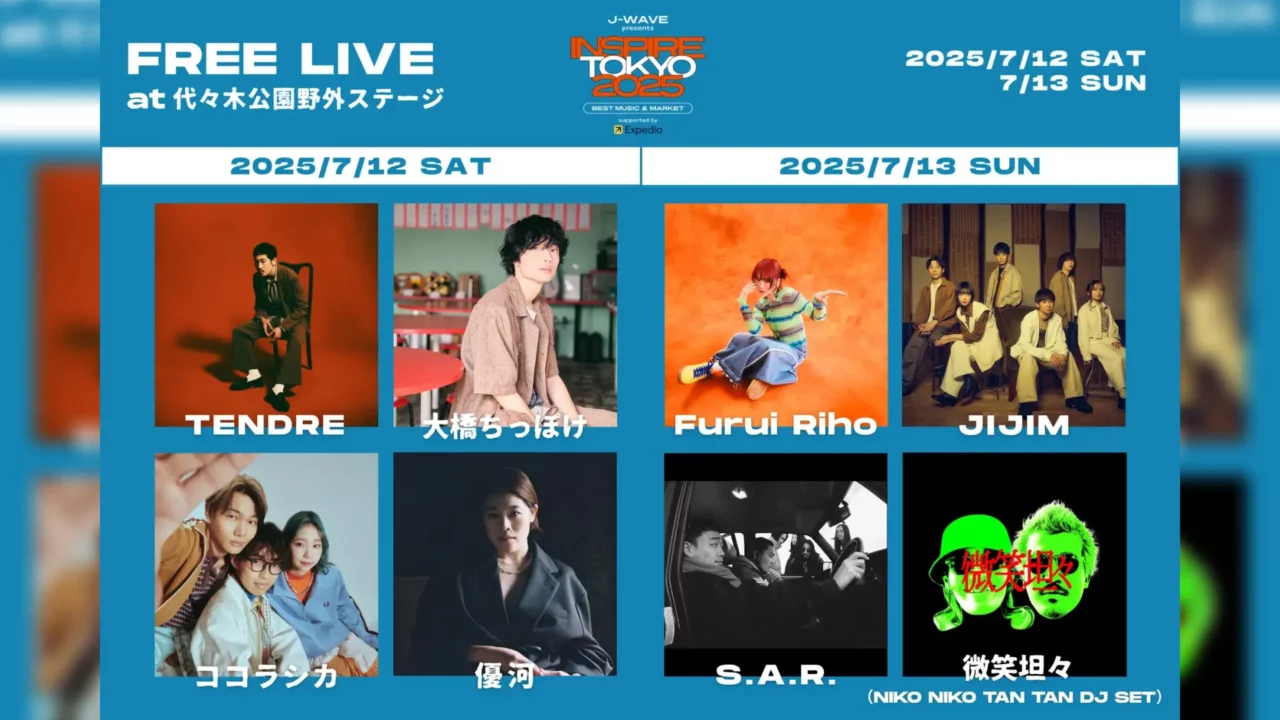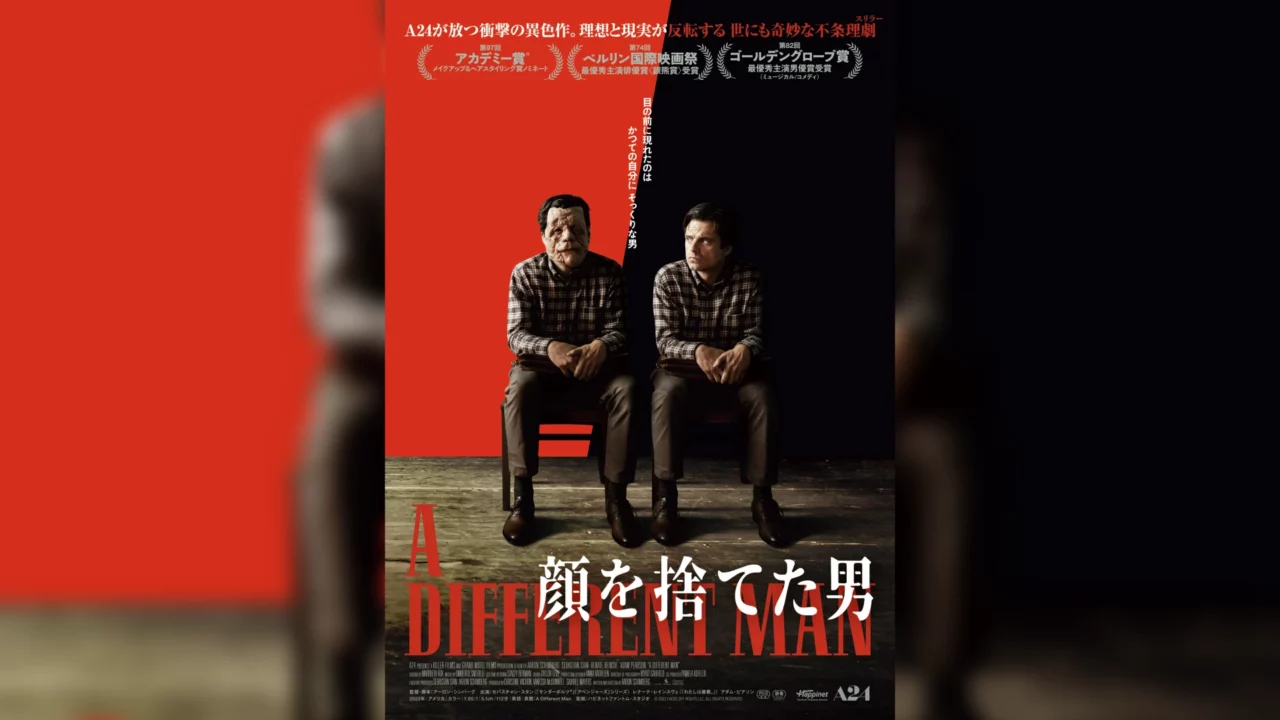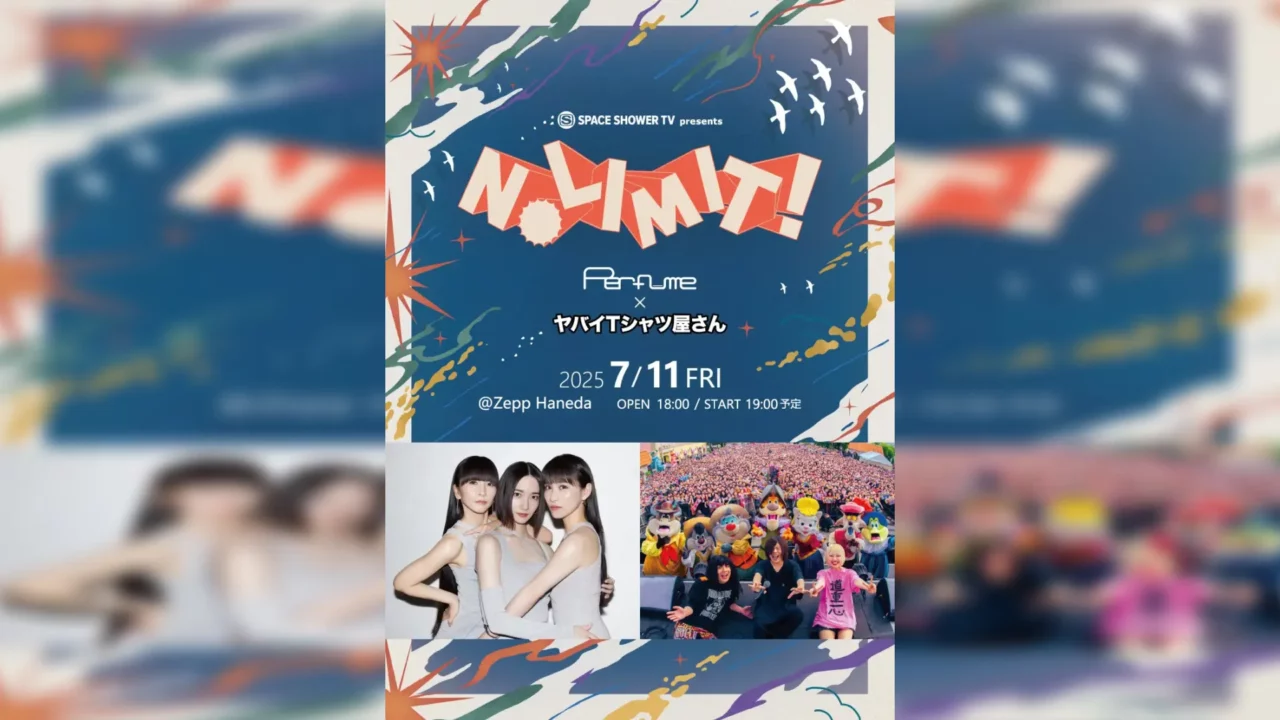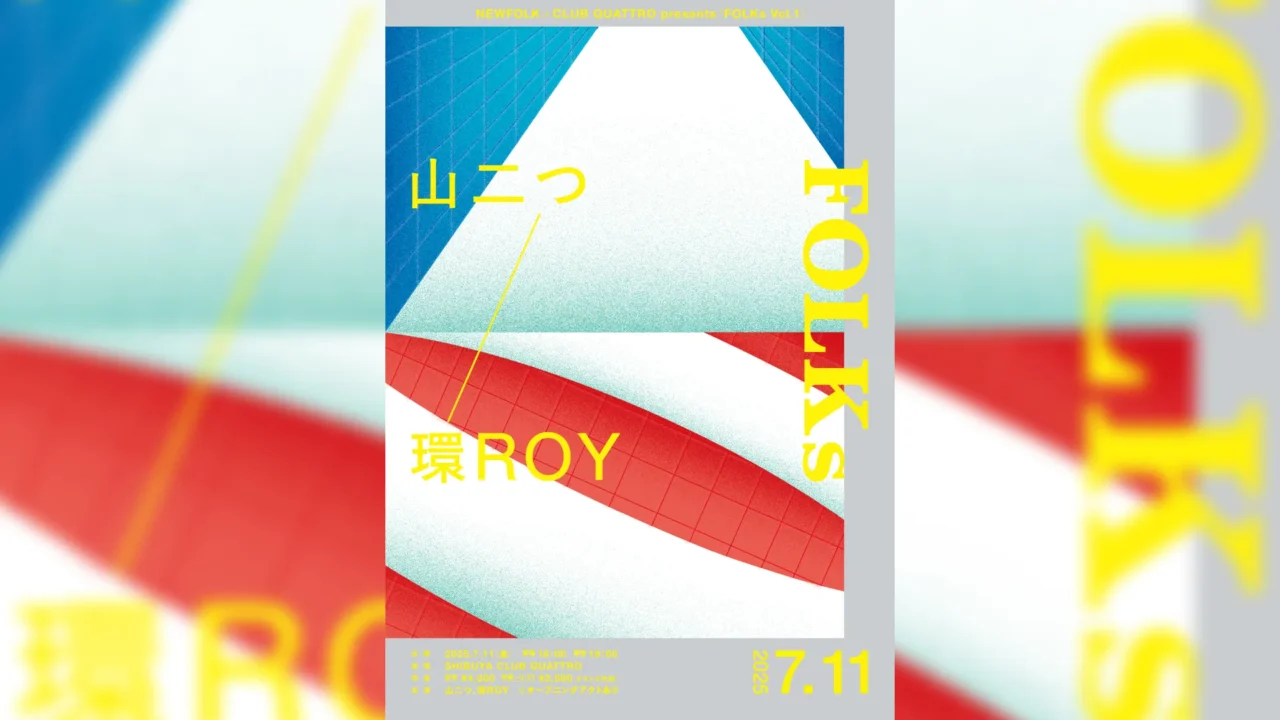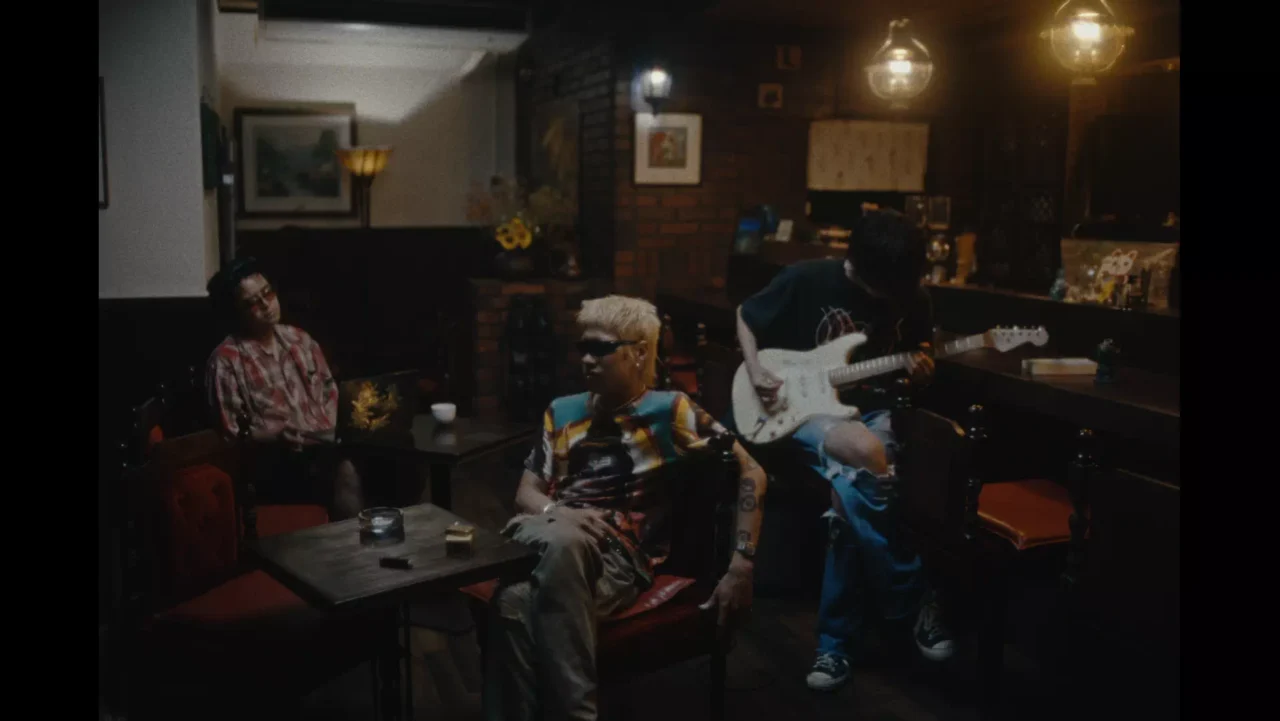A circle of friends connected by gootouchi! The “FIST BUMP” corner of the radio program “GRAND MARQUEE” features people who live and enjoy Tokyo in a relay format.
On October 17, Masatsugu Nagasoe, a filmmaker in charge of music videos for YOASOBI and Momoiro Clover Z, will appear. The interview focused on his path to becoming a filmmaker, how he created the ending of the first season of “Jujutsu Kaisen and how he enjoys his hobby of solo camping.
INDEX
How did you come to produce a wide range of videos, including commercials, music videos, and animations?
Celeina (MC): First of all, let me introduce his profile. Masatsugu Nagasoe was born in 1979. After graduating from Musashino Art University, he joined a video production company where he worked on commercials and music videos. He later became an independent filmmaker, and in recent years has been producing animation works. His representative works include music videos for YOASOBI and Momoiro Clover Z, as well as the ending of the first season of the anime “Jujutsu Kaisen”.
Takano (MC): You have done an amazing job. There are probably many people who are listening to this radio right now who have seen your work. You have made a wide range of videos, including commercials, music videos, and animations.
Nagasoe:I spent my youth thinking vaguely that I wanted to be a painter, not a filmmaker. I entered art school in the late 1990s, when it was common for students to be able to do graphic design on their own computers, and it was also becoming possible to create music and videos. So I thought, “Why not stop at just drawing illustrations and make them more interesting by moving them around?
Takano: I guess it makes you feel more excited when you actually see it moving.
Nagasoe: Yes, it did. I was just making it at home by myself, but I would put on my favorite music. With illustrations, you can’t add music. It was fun just to play with my favorite music and my illustrations on the desktop.
Takano: It’s true that the worldview is enhanced when music and movement are added.
Celeina:It gives a sense of expansion, doesn’t it? I would like to ask you about your roots.
Nagasoe:No, I was just an ordinary boy, so I liked “Dragon Ball” in “Weekly Shonen Jump”, “Saint Seiya”, and “Gundam” as well. In my upper grades, it was “AKIRA” by Mr. Otomo.
Takano: That was connected to yesterday.
Nagasoe:I also watched works by Mamoru Oshii and Hayao Miyazaki from when I was little.
Takano: Have you been drawing pictures since you were a child?
Nagasoe: Yes, I did. I loved animals, and the illustrations of cheetahs and lions in picture books were so cool to me as a child that my earliest memories are of trying my best to copy them.
Celeina:Wow. So you were pretty good at arts and crafts and art classes?
Nagasoe:Yes, I was.
Celeina: I was envious because I had a grade of 2 or something in art. I was a music person.
Takano: There are a lot of things we are not suited for and so on.
Celeina:And Mr.Nagazoe, while you liked those cultures, when you were a little older, there was a time when you got into street culture and hip-hop. When was this?
Nagasoe:Middle school. It was the time when “Slam Dunk” was at its peak, and I joined the basketball club and fell in love with basketball and the NBA. I joined the basketball club and fell in love with basketball and the NBA, just as Michael Jordan was in his prime. Then, in the first year of junior high school, black culture naturally became familiar to me, and I started listening to rap and R&B music in junior high school.
Takano: Isn’t that early?
Nagasoe:But I think it was because of basketball.

